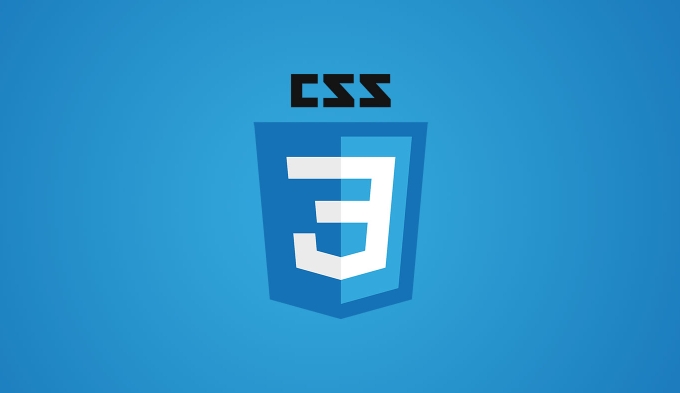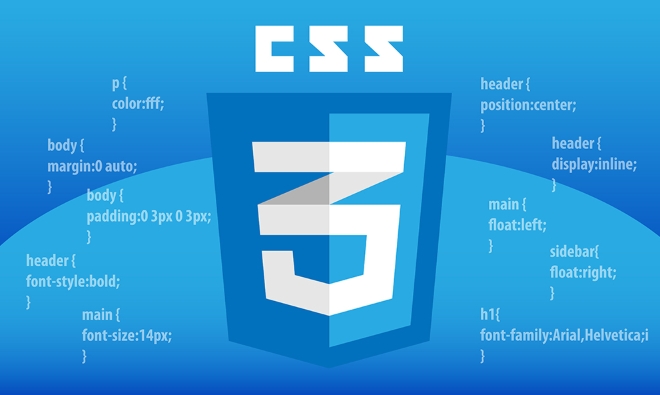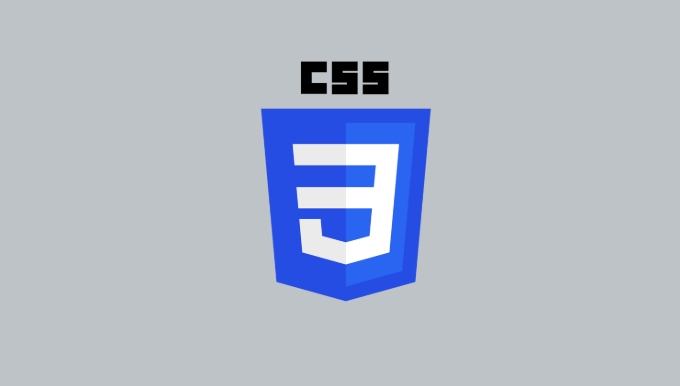There are four basic states for links in HTML: a:link, a:visited, a:hover, a:active, and sometimes a:focus is also used. You can set styles for each state through CSS. The order is recommended to be arranged according to LVHA (Link → Visited → Hover → Active) to avoid overwriting problems; in order to make the link easier to identify and not abrupt, high-contrast but non-glazing colors should be used, appropriately retain or replace the underscore, and optimize the click area on the mobile terminal; in actual development, attention should be paid to setting the visited status, avoiding the same color as the text, and testing the hover effect at different screen sizes, etc., to improve the user experience.

Links in web pages will present different styles under different states, such as default state, hover state, clicked state, etc. To make these states look both beautiful and clear, we usually style each state individually through CSS.

Here are some common practices and suggestions:
What are the basic link status?
There are several basic states (pseudo-classes) for links in HTML, which are:

-
a:link: Unvisible link -
a:visited: link that has been visited -
a:hover: link when hovering -
a:active: The link being clicked
Sometimes you may also use a:focus , especially in barrier-free design, which allows keyboard users to see the focus state.
How to set the style of each state separately?
You can write CSS styles separately for each state. For example:

a:link {
color: blue;
text-decoration: none;
}
a: visited {
color: purple;
}
a:hover {
color: red;
text-decoration: underline;
}
a:active {
color: orange;
}After setting this way, the color and effect of the link in different states will change. However, pay attention to the order: it is usually recommended to write in the order of LVHA (Link → Visited → Hover → Active), otherwise some styles may be overwritten.
How to make links easier to identify without being abrupt?
The purpose of the link is to let the user know that they can click, so make sure it is different from other text. But it should not be too fancy, as it affects the reading experience.
Here are a few practical suggestions:
- Use colors with higher contrast, but avoid overly harsh color combinations.
- You don’t have to add an underline, but if you remove the underline, you must ensure that the color is obvious enough.
- Hover and click status can change the details slightly, such as darker colors or slightly animation.
- On the mobile terminal, consider increasing the size of the click area to improve operability.
Points that are easy to ignore in actual development
- Don't forget the visited status : Many people only set link and hover, ignoring visited, which will make users not know which links have been viewed.
- Avoid using the same colors to give text and links : Especially for users with poor vision, it is difficult to distinguish.
- Test performance under different screen sizes : On mobile phones, the hover effect is sometimes not very sensitive, and additional treatment may be considered.
Basically that's it. Although setting the link style may seem simple, if you don't pay attention to details, it may affect the user experience.
The above is the detailed content of How to style links differently for different states?. For more information, please follow other related articles on the PHP Chinese website!

Hot AI Tools

Undress AI Tool
Undress images for free

Undresser.AI Undress
AI-powered app for creating realistic nude photos

AI Clothes Remover
Online AI tool for removing clothes from photos.

Clothoff.io
AI clothes remover

Video Face Swap
Swap faces in any video effortlessly with our completely free AI face swap tool!

Hot Article

Hot Tools

Notepad++7.3.1
Easy-to-use and free code editor

SublimeText3 Chinese version
Chinese version, very easy to use

Zend Studio 13.0.1
Powerful PHP integrated development environment

Dreamweaver CS6
Visual web development tools

SublimeText3 Mac version
God-level code editing software (SublimeText3)
 Describe the `vertical-align` property and its typical use cases
Jul 26, 2025 am 07:35 AM
Describe the `vertical-align` property and its typical use cases
Jul 26, 2025 am 07:35 AM
Thevertical-alignpropertyinCSSalignsinlineortable-cellelementsvertically.1.Itadjustselementslikeimagesorforminputswithintextlinesusingvalueslikebaseline,middle,super,andsub.2.Intablecells,itcontrolscontentalignmentwithtop,middle,orbottomvalues,oftenu
 What is the accent-color property?
Jul 26, 2025 am 09:25 AM
What is the accent-color property?
Jul 26, 2025 am 09:25 AM
accent-color is an attribute used in CSS to customize the highlight colors of form elements such as checkboxes, radio buttons and sliders; 1. It directly changes the default color of the selected state of the form control, such as changing the blue check mark of the checkbox to red; 2. Supported elements include input boxes of type="checkbox", type="radio" and type="range"; 3. Using accent-color can avoid complex custom styles and extra DOM structures, and maintain native accessibility; 4. It is generally supported by modern browsers, and old browsers need to be downgraded; 5. Set accent-col
 How to compile SCSS to CSS?
Jul 27, 2025 am 01:58 AM
How to compile SCSS to CSS?
Jul 27, 2025 am 01:58 AM
InstallDartSassvianpmafterinstallingNode.jsusingnpminstall-gsass.2.CompileSCSStoCSSusingthecommandsassinput.scssoutput.css.3.Usesass--watchinput.scssoutput.csstoauto-compileonsave.4.Watchentirefolderswithsass--watchscss:css.5.Usepartialswith_prefixfo
 How to change text color in CSS?
Jul 27, 2025 am 04:25 AM
How to change text color in CSS?
Jul 27, 2025 am 04:25 AM
To change the text color in CSS, you need to use the color attribute; 1. Use the color attribute to set the text foreground color, supporting color names (such as red), hexadecimal codes (such as #ff0000), RGB values (such as rgb(255,0,0)), HSL values (such as hsl(0,100%,50%)), and RGBA or HSLA with transparency (such as rgba(255,0,0,0.5)); 2. You can apply colors to any element containing text, such as h1 to h6 titles, paragraph p, link a (note the color settings of different states of a:link, a:visited, a:hover, a:active), buttons, div, span, etc.; 3. Most
 CSS transitions tutorial
Jul 26, 2025 am 09:30 AM
CSS transitions tutorial
Jul 26, 2025 am 09:30 AM
CSStransitionsenablesmoothpropertychangeswithminimalcode,idealforhovereffectsandinteractivefeedback.1.Usethesyntaxtransition:propertydurationtiming-functiondelay;todefinetransitions,liketransition:background-color0.3sease0.1s;.2.Specifytransition-pro
 How to purge unused CSS?
Jul 27, 2025 am 02:47 AM
How to purge unused CSS?
Jul 27, 2025 am 02:47 AM
UseautomatedtoolslikePurgeCSSorUnCSStoscanandremoveunusedCSS;2.IntegratepurgingintoyourbuildprocessviaWebpack,Vite,orTailwind’scontentconfiguration;3.AuditCSSusagewithChromeDevToolsCoveragetabbeforepurgingtoavoidremovingneededstyles;4.Safelistdynamic
 HTML `style` Tag: Inline vs. Internal CSS
Jul 26, 2025 am 07:23 AM
HTML `style` Tag: Inline vs. Internal CSS
Jul 26, 2025 am 07:23 AM
The style placement method needs to be selected according to the scene. 1. Inline is suitable for temporary modification of single elements or dynamic JS control, such as the button color changes with operation; 2. Internal CSS is suitable for projects with few pages and simple structure, which is convenient for centralized management of styles, such as basic style settings of login pages; 3. Priority is given to reuse, maintenance and performance, and it is better to split external link CSS files for large projects.
 css filter property examples
Jul 26, 2025 am 08:08 AM
css filter property examples
Jul 26, 2025 am 08:08 AM
TheCSSfilterpropertyappliesvisualeffectstoelementsdirectlyinCSS,withcommonusesincluding:1.blur()forsofteningimagesorcreatingdepth,2.brightness()toadjustlightnessordarkness,3.contrast()toenhanceorreducevisualdistinction,4.grayscale()forblack-and-white






